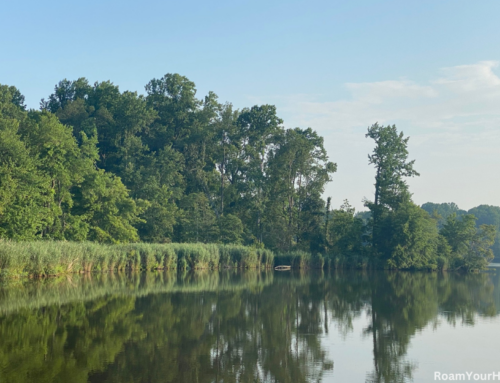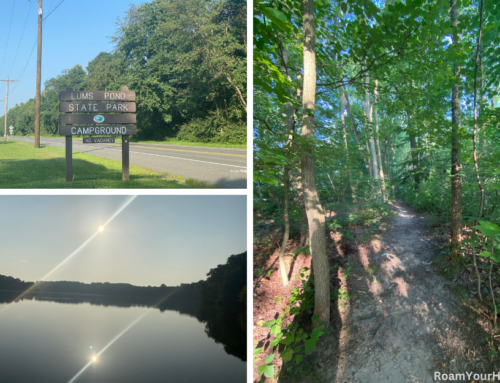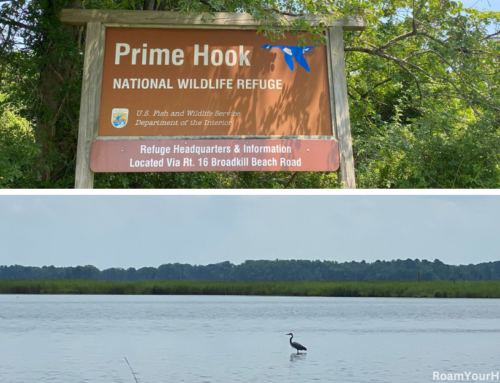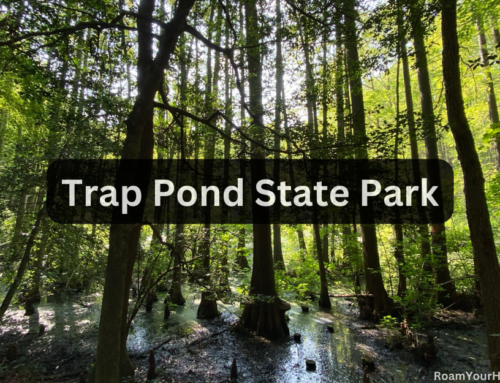
First State National Historical Park: John Dickinson Plantation
The John Dickinson Plantation is part of First State National Historical Park and protects Dickinson’s boyhood home, Poplar Hall. John Dickinson was born on November 13, 1732.
My wife and I visited the Dickinson Plantation in midsummer on a hot and humid afternoon. Like many, we knew Dickinson’s name but little about his accomplishments.
John Dickinson was a Founding Father of the United States of America, but today is much less famous than others such as George Washington, Thomas Jefferson, or Benjamin Franklin. That was not the case when he was alive. He rose to fame when he published “Letters From a Farmer in Pennsylvania,” which was a series of fourteen letters published over ten weeks in late 1767 and early 1768. In the letters, he argued against the Townshend Acts, which the British Parliament passed, levied taxes on goods imported to the colonies. The elegant prose in these letters from “A Farmer” earned Dickinson fame and the nickname “The Penman of the Revolution.”

The Penman of the Revolution
His bibliography of publications certainly shows he earned the title. He also wrote “The Liberty Song,” considered one of the earliest patriotic songs in the Thirteen Colonies. As a member of the First Continental Congress, he authored the 1774 “Petition to the King”, which called for repealing the Intolerable Acts, which were punitive laws passed by Parliament in response to the Boston Tea Party. During the Second Continental Congress, he penned the 1775 “Olive Branch Petition.” King George refused to read it and declared the colonists traitors.
Dickinson was absent or abstained from voting for the Declaration of Independence and did not sign it after it passed. He later would serve as chairman of the committee in charge of writing the Articles of Confederation and would sign the United States Constitution.
These are just a few of the accomplishments of the lesser known Founding Father.
Poplar Hall – John Dickinson Plantation
Dickinson grew up at Poplar Hall but only lived there for extended periods as an adult in 1776–77 and 1781–82. He did frequently visit and stayed at the property throughout his life. The home was built in 1739 but burned down, and it was rebuilt in 1804 under the direct supervision of John Dickinson. The plantation first grew tobacco but switched to grain after tobacco became unprofitable.
Poplar Hall was also home to as many as 59 slaves. John Dickinson was a slave owner who purchased slaves from his brother to keep families together. In 1776, the Quakers made it known that slavery was an unacceptable practice and strongly recommended that all Quakers set their slaves free. Dickinson did so in 1786, when he unconditionally released all of his slaves.
Today, you can visit Dickinson’s Plantation home, Poplar Hall. When we visited, I sensed that the property looked much like it did when John Dickinson lived there. The grounds were very well maintained. A garden, a cabin, and a display show how the enslaved people lived. Samuel Dickinson, John Dickinson’s father, is also buried on the property.
In the Visitor Center, you may watch a short film about Dickinson and his property. While you are there check with rangers about availability and times for guided tours.
Where is John Dickinson Plantation located?
The John Dickinson Plantation is in Dover, Delaware.
How long does it take to visit?
We spent about an hour visiting the property. We could have spent longer if guided tours had been offered during our visit.
